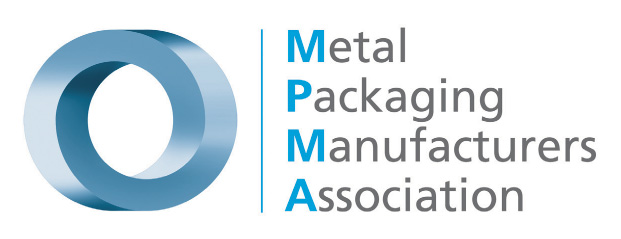What concerns me most about the current debate is not so much the endless hand-wringing over its detrimental environment impact – we’ve all seen the pictures, and hopefully all accept the evidence is irrefutable – but rather, the narrow media commentary and brand, retailer and government response implying that by tweaking the formula to suggest greater recyclability, or introducing different collection systems, or by imposing different forms of consumer tariff, it will somehow all be ok.
Of course, no single person or group of people is to blame. We’re all complicit. We’ve all used these materials and value the convenience. But, given that packaging waste reduction is now the absolute priority, it often appears that many of those with the means to make a real difference are looking in the wrong direction. Worryingly, the current emphasis seems to be that the only answer to the plastics problem is a plastics based solution.
Surely the best way to reduce the damaging environmental impact is to look at all possible options including using different materials where possible. Ideally, materials that are genuinely recyclable, have high recycling rates, and can be reused indefinitely.
Of course metal ticks all these boxes, even enjoying ‘permanently available material’ status: once made it can be reused over and over with no loss of quality.
Additionally, to avoid environmentally harmful unintended consequences, any solution must also ensure that there is no increased risk of food waste and ideally help reduce it further. Here again, with its typically vastly superior shelf life, metal packaging provides an answer. Clearly, the longer a pack’s shelf life, the less likely the product it is to be wasted.
So why then are metals not included in the government’s Resource and Waste Strategy – even as an example of sustainability best practice?
And why would a proposed Deposit Return Scheme include cans when a highly efficient collection infrastructure for metal already exists and has delivered amongst one of the highest recycling rates of any packaging material?
Metal’s misfortune is perhaps to have been around for a long time and as such is perhaps misguidedly perceived as a ‘less fashionable’ material.
But this must now be its fortune.
Our younger generations in particular value the sustainability of the planet above all else so, with its unbeatable sustainability credentials, metal should be a prime contender for all twenty-first century packaging.
Metal makes perfect commercial and environmental sense.
It’s time to awaken the sleeping giant.

